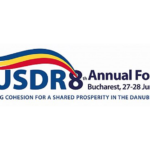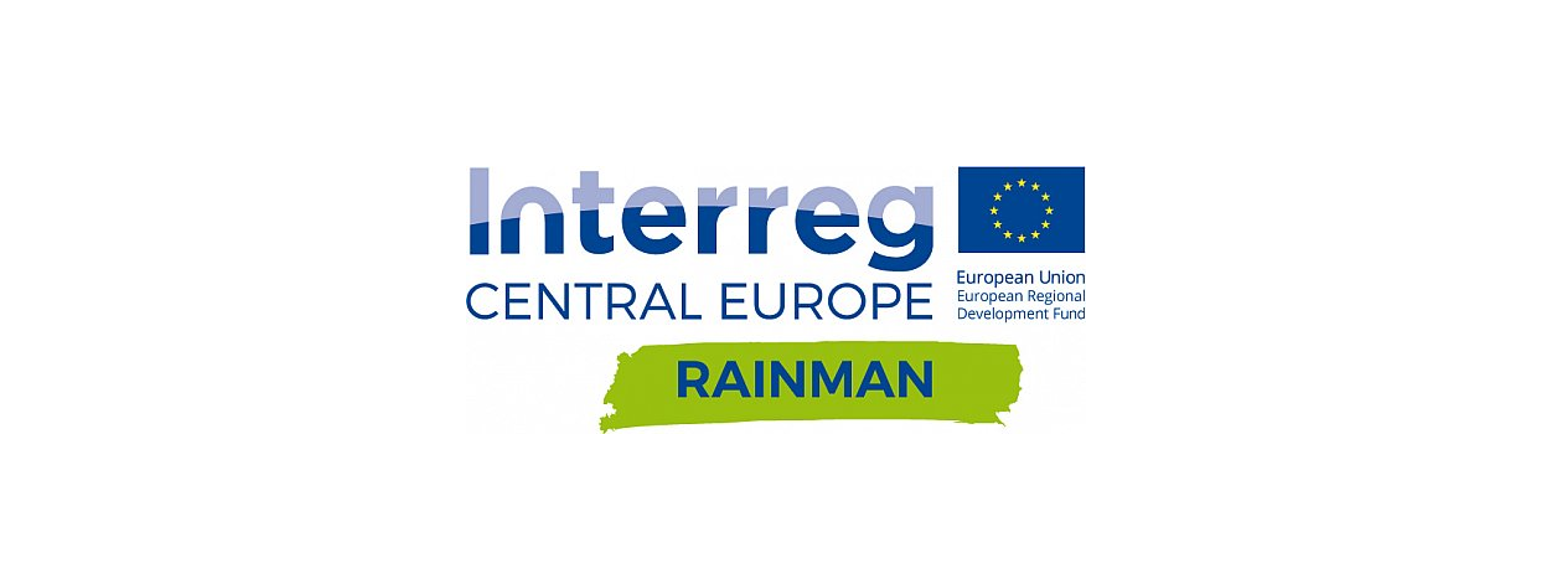RAINMAN MID-TERM CONFERENCE
The Risks of heavy rain events are increasing all over Central Europe. The project’s main objective is to improve integrated management capacities of public authorities to mitigate heavy rain risks.

KÖTIVIZIG has relevant outcomes in the RAINMAN project, one important result is a smart phone application supporting the organisation of the defence works of municipalities against pluvial floods. It will be able to send even waring messages to the users.
Risk assessment and mapping of pluvial floods in Hungary was introduced as well to the audience. As a great outcome the emergency plan of Tiszakécske, as one of the pilot areas, was developed and handed to the major of the town.
One of the tasks in heavy rain risk management is the collection and development of Risk Reduction Measures. As part of the project, a catalogue will be developed by the project partners which is summarizing the findings.

Source: https://www.interreg-central.eu/Content.Node/RAINMAN.html
Implementation of risk reduction actions by non-structural measures follow bottom-up approach, which is more effective. Forecasting, emergency response planning, early warning and awareness raising measures were presented by the pilot areas from Croatia, Poland, Austria and Germany.


The last session was about different ways to support and guide the local level towards an effective heavy rain risk management. The RAINMAN approach was presented: the joint development of a toolbox for integrated heavy rain risk management in Central European countries. In order to provide with a broader overview, other projects had the opportunity to present their standing point: Interreg CE PROLINE-CE and Interreg DTP CAMARO-D, Interreg DTP project JOINTISZA and Interreg CE project FramWat.
The FramWat Seminarium gave an insight of the project activities, focusing on the issue of application of Natural and Small Water Retention Measures for flood and drought mitigations.
Souce: https://www.interreg-central.eu/Content.Node/RAINMAN.html




